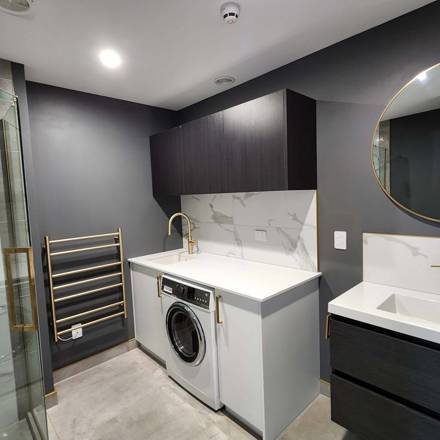Starting November, all new homes and major renovations must feature interconnected smoke alarms. Unlike stand-alone alarms, interconnected systems link all alarms in a home so that if one detects smoke, all will sound an alert, enhancing safety.
Investors looking to purchase new builds or significantly renovate their properties should be aware of the Building Code change.
How Interconnected Smoke Alarms Work
Interconnected smoke alarms communicate with each other. When one alarm detects smoke, it triggers all alarms in the house, ensuring everyone is alerted simultaneously, even if they are far away or asleep. According to MBIE, these systems improve fire alertness and response by two to three times.
Installation
For new builds, interconnected smoke alarms can be hard-wired during construction. Existing homes can be upgraded using battery-operated, wireless interconnected systems, avoiding the need for rewiring.
Transition Period
A 12-month transition began in November 2023. By November 2024, older systems will no longer meet code requirements for new builds and major renovations.
Why the Change?
With more multi-storey and medium-density homes, interconnected alarms ensure that everyone, even those on different floors, hears the alert simultaneously.
Building industry professionals should be aware of these changes to offer appropriate advice for residential projects.
For property management advice, contact your property manager or email [email protected].




